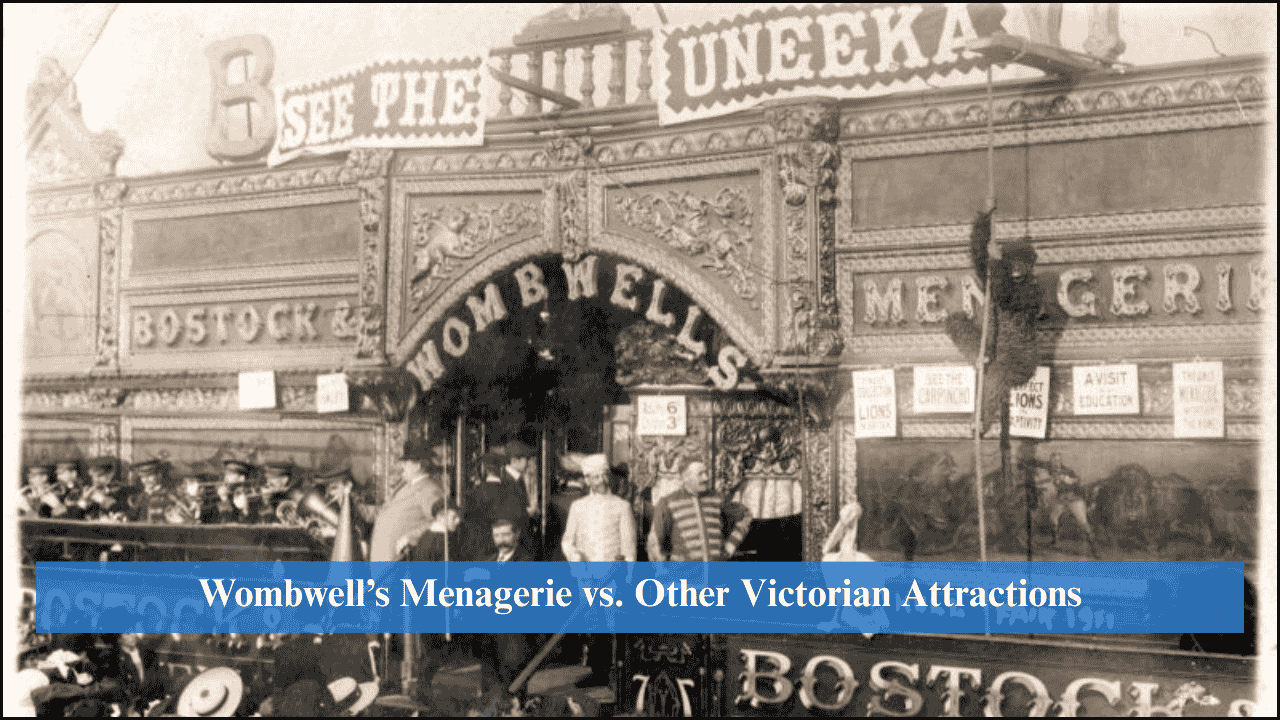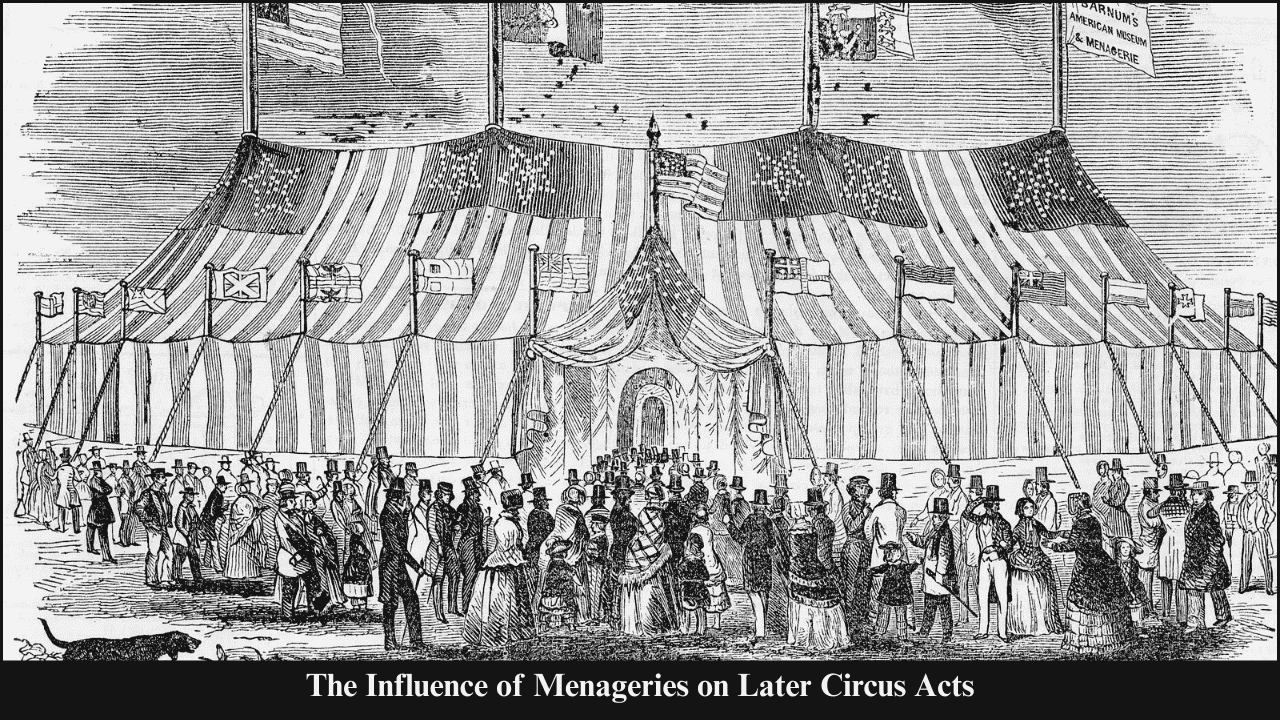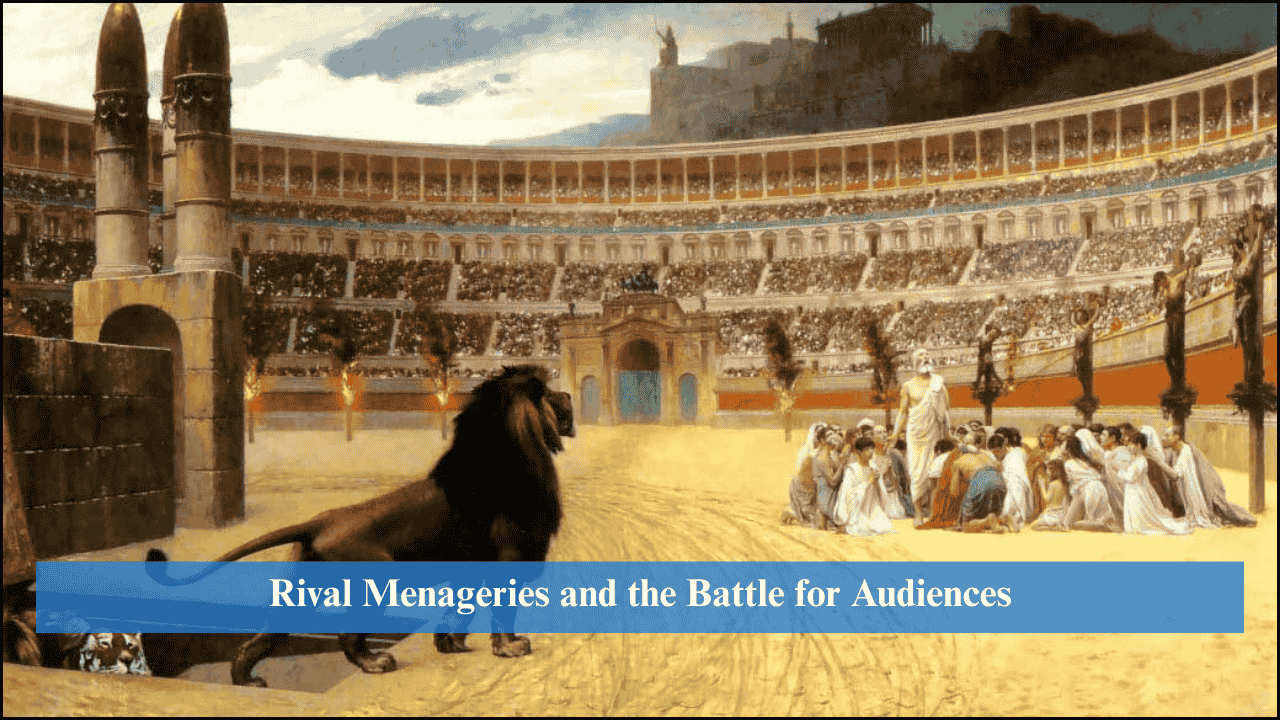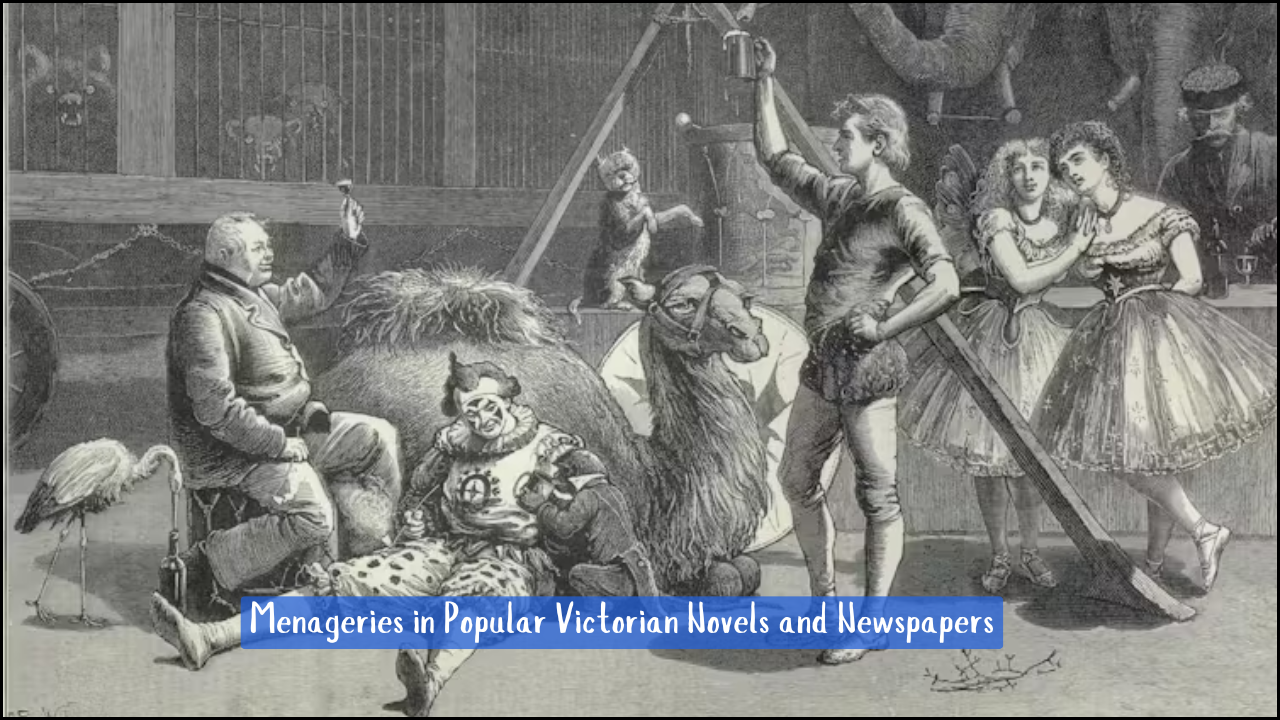
Menageries reveal a hidden layer of world history where animals were not simply for entertainment but became tools of political power, cultural identity, and colonial expansion. European empires used exotic animals to demonstrate control over nature, colonies, and distant lands. The relationship between menageries and colonialism shows how animals became symbols of wealth, conquest, and authority, while also shaping how societies viewed the colonized world.
Table of Contents
Historical Role of Menageries in European Societies
- Menageries existed in royal courts long before the colonial era.
- Kings and nobles collected rare animals as symbols of divine right and status.
- Exotic animals like lions, elephants, and leopards reinforced power and prestige.
- With the rise of colonialism, menageries transformed from royal amusement into global projects.
Colonial Expansion and the Growth of Menageries
- Expansion of empires gave European rulers direct access to animals from Africa, Asia, and the Americas.
- Ships transporting goods also carried animals as trophies of conquest.
- Animals were showcased in public spaces to display colonial dominance.
- Menageries became “living museums” that reflected the reach of empires.
Animals as Symbols of Power and Authority
- Lions symbolized strength and dominance.
- Elephants reflected wisdom and empire-building.
- Birds of paradise and peacocks represented exotic beauty and colonial wealth.
- The presence of these animals reinforced the superiority of the colonizers over the colonized.
Scientific Exploration and Colonial Knowledge
- Menageries were not only for entertainment but also for study.
- Colonial powers justified exploration by collecting animals for “science.”
- Naturalists studied animal anatomy, behavior, and origin in controlled menageries.
- Scientific knowledge gained from colonial animals contributed to zoology and taxonomy.
Menageries as Tools of Cultural Control
- Exotic animals fascinated urban populations in Europe.
- Rulers used them to build national pride and show “civilizing missions.”
- Public menageries allowed citizens to feel connected to the empire’s expansion.
- Animals became cultural propaganda, reinforcing the importance of colonial projects.
Economic Dimensions of Menageries
- Animal trade became a profitable colonial business.
- Hunters, traders, and sailors captured animals for European courts.
- Colonized people often worked as guides and hunters in the capture process.
- Exotic animals were exchanged as diplomatic gifts between empires.
Comparison of Menageries in Different Colonial Powers
| Colonial Power | Type of Animals Collected | Purpose of Collection | Impact on Colonies |
|---|---|---|---|
| Britain | Lions, elephants, tigers | Symbol of imperial dominance, public exhibition | Overhunting and loss of biodiversity |
| France | Giraffes, exotic birds, reptiles | Diplomatic gifts, cultural pride | Imposed cultural superiority |
| Portugal | Parrots, monkeys, jaguars | Maritime trade symbols, court amusement | Exploitation of indigenous hunters |
| Spain | Llamas, crocodiles, tropical animals | Religious and cultural display | Demonstrated conquest of the Americas |
| Germany | Zebras, antelopes | Scientific zoological collections | Colonial exploitation in Africa |
Role of Indigenous Communities in Animal Capture
- Local hunters often assisted Europeans in capturing exotic animals.
- Indigenous knowledge of animal behavior was exploited for colonial gain.
- Communities were rarely credited for their expertise.
- The forced labor system often supported animal transport to ports.
Transformation from Menageries to Modern Zoos
- By the 19th century, menageries shifted into zoological gardens.
- Zoos combined entertainment with “scientific” education.
- Colonial animals became tools of public instruction and social order.
- The legacy of colonial menageries still shapes modern zoological institutions.
Psychological and Symbolic Impact of Exotic Animals
- Exotic animals created awe and curiosity among Europeans.
- They reinforced stereotypes about “wild” colonies.
- The act of controlling dangerous animals mirrored the control of colonized people.
- Menageries shaped the cultural imagination of distant lands as exotic and uncivilized.
Criticism and Ethical Questions in Colonial Times
- Some intellectuals criticized the cruelty of capturing and caging animals.
- Debates emerged on whether menageries reflected progress or exploitation.
- Writers and artists used menageries as metaphors for colonial oppression.
- Animal suffering was often ignored to highlight the empire’s success.
Case Study: The Giraffe of Charles X of France
- A giraffe was gifted to King Charles X by the ruler of Egypt in 1827.
- The giraffe became a sensation in Paris, attracting huge crowds.
- It represented the success of colonial alliances and diplomacy.
- This single animal influenced fashion, art, and public imagination in France.
Case Study: The Tower Menagerie in London
- The Tower of London housed a royal menagerie from the 13th century.
- During colonial expansion, its collection grew with African and Asian animals.
- Animals became symbols of British global reach.
- Eventually, the menagerie evolved into the London Zoo, continuing the legacy of colonial collections.
Legacy of Menageries in Modern Context
- Modern zoos inherit colonial structures of displaying animals.
- Many animal species in zoos still trace back to colonial captures.
- Discussions on animal rights and conservation highlight this colonial past.
- The link between empire, exploitation, and zoological display remains visible today.
Key Themes of the Connection Between Menageries and Colonialism
| Theme | Explanation |
|---|---|
| Power | Animals demonstrated the authority of rulers and empires. |
| Knowledge | Menageries advanced zoological studies under colonial contexts. |
| Economy | Animal trade fueled colonial wealth and networks. |
| Culture | Exotic animals became propaganda for empire expansion. |
| Legacy | Modern zoos reflect colonial structures of animal display. |
End Notes
Menageries reflect more than the fascination with exotic creatures; they reveal the politics of power, exploitation, and colonial expansion. European empires used animals as living symbols of authority, wealth, and control, shaping how societies understood distant colonies. The transformation of menageries into modern zoos shows that colonial influence continues to shape human–animal relationships today. Recognizing this link allows a deeper understanding of how colonialism extended beyond land and people to include the animal world itself.





